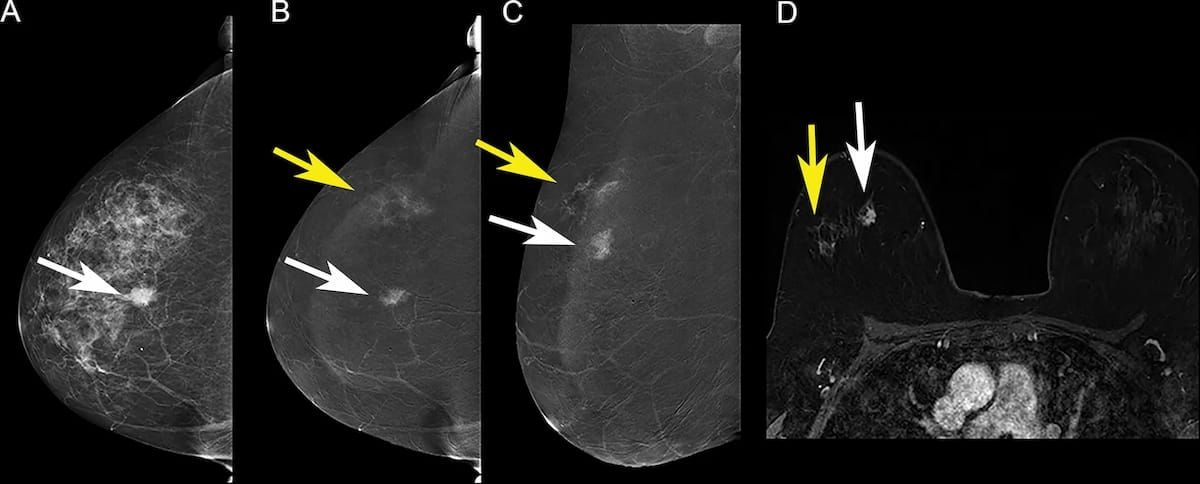Ultravist Becomes First FDA-Approved Contrast Agent for Contrast-Enhanced Mammography
Ultravist is reportedly the first contrast agent to gain a specific indication for visualization of known or suspected lesions on contrast-enhanced mammography, which was recently recommended by the American College of Radiology as a supplemental imaging alternative to magnetic resonance imaging (MRI) in women with dense breasts at the age of 40 and other risk factors for breast cancer.
The Food and Drug Administration (FDA) has approved the use of iopromide (Ultravist®, Bayer) injection to help visualize known or suspected breast lesions in contrast-enhanced mammography (CEM). Bayer noted that Ultravist is the first contrast agent to receive an indication for CEM.
“The approval of Ultravist-300 and -370 in contrast-enhanced mammography gives physicians a new imaging option where conventional mammography might not be enough,” noted Konstanze Diefenbach, M.D., the head of radiology research and development for Bayer. “We are pleased to be able to offer additional options for breast imaging to healthcare professions as we aim to support them in their role of providing clear answers from diagnosis to care for patients.”
In recently updated breast cancer screening recommendations, the American College of Radiology (ACR) recommended the use of CEM as an annual supplemental imaging alternative to breast magnetic resonance imaging (MRI) for women with dense breasts at the age of 40 or earlier if they have other risk factors for breast cancer.
In a 2021 meta-analysis of CEM, researchers noted pooled sensitivity and specificity rates of 95 and 78 percent, respectively, for the use of CEM in women with dense breasts. The meta-analysis authors also found a 92 percent pooled sensitivity rate and an 84 percent pooled sensitivity rate in CEM studies looking at suspicious findings detected on mammography.
Here one can see the use of contrast-enhanced mammography (CEM). Ultravist (iopromide) recently became the first contrast agent to receive FDA approval for visualization of known or suspected breast lesions on CEM. (Images courtesy of Radiology.)

Bayer noted that Ultravist was previously approved for multiple indications, including contrast computed tomography (CT) of the head and body (intrathoracic, intra-abdominal and retroperitoneal regions) for assessment of neoplastic and non-neoplastic lesions in adults and pediatric patients two years of age and older, and cerebral arteriography and peripheral arteriography in adults.
The company said Ultravist is contraindicated for intrathecal use and cautioned that the agent may cause life-threatening or fatal hypersensitivity reactions including anaphylaxis. Prior to use of Ultravist, Bayer emphasized obtaining a patient history of allergy, hypersensitivity, or hypersensitivity reactions to iodinated contrast agents. The company recommended having emergency resuscitation equipment and trained personnel available prior to administration of Ultravist, and that clinicians ensure appropriate monitoring of patients for hypersensitivity reactions.
AI-Initiated Recalls After Screening Mammography Demonstrate Higher PPV for Breast Cancer
March 18th 2025While recalls initiated by one of two reviewing radiologists after screening mammography were nearly 10 percent higher than recalls initiated by an AI software, the AI-initiated recalls had an 85 percent higher positive predictive value for breast cancer, according to a new study.